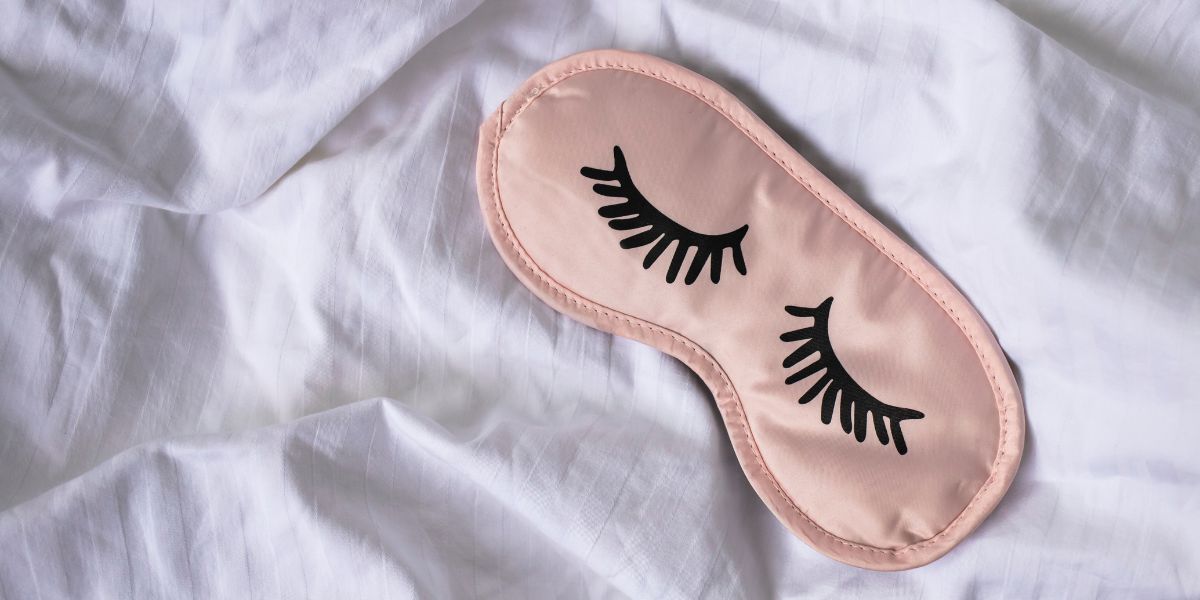Taking chloroform for sleep disorders was never a common practice. During the mid and late 1800s, it was prescribed for a variety of medicinal purposes and could be purchased over the counter. As better, safer drugs became available, it was prescribed less and less.
Today, it is no longer sold over the counter and is never prescribed for any condition.
Chloroformed sleep is a sedated, unnatural state of unconsciousness. The compound depresses the central nervous system. If too much is inhaled at a time, it can easily kill a person.
Physicians during the 1800s chose to use chloroform for sleep induction in order to help patients through painful surgery or other procedures. Dr. James Young Simpson was the first obstetrician to allow a woman to give birth during a chloroformed sleep.
That first reported surgical use of chloroform was in 1847. After that, the compound almost replaced the use of ether as a general anesthetic. But, in a relatively short period of time, it was found that chloroformed sleep was more dangerous than that induced by ether. Doctors lost many patients to “sudden sniffer’s death”, which is a fatal heart attack that sometimes occurs in people exposed to the substance for the first time.
In this day and age, it is hard to believe that anyone would consider taking chloroform for sleep problems. But, there is some demand for it as a street drug.
 Liquid chloroform synthesized by Yamakiri, contained in a glass test tube. Photo: Yamakiri
Liquid chloroform synthesized by Yamakiri, contained in a glass test tube. Photo: YamakiriIt is illegal to purchase the substance for anything other than industrial or laboratory use. As with most controlled substances, the legal status does little to deter people that are determined to use it.
During the late 1800s, doctors began to report cases of addiction. Since people were able to purchase the drug without a prescription, they began to experiment with it. Some of them found that they enjoyed chloroformed sleep to the point that they could not resist the temptation.
In one account a former addict records how the substance damaged his short and long term health. It took a great deal of effort for him to leave the drug alone, as is the case with most addictions.
Judging from the symptoms that he described, he suffered from liver damage as a result of taking chloroform for sleep. Interestingly, his account does not indicate that he had insomnia or difficulty sleeping before he began to use the drug. He experimented with it merely out of curiosity.
Today, we know that chloroformed sleep is dangerous in many ways. Not only is there the risk of sudden death due to heart attack, there is the risk of liver damage. Even casual exposure to the compound, as might occur at a factory, seems to increase a person’s risk of liver cancer.
It is currently classified as a “class 2A” carcinogen by the International Agency for Research on Cancer. The US National Toxicology Program lists it as a substance reasonably expected to be a human carcinogen.
Taking chloroform for sleep can cause other health problems, including major ones like damage to the kidneys and minor ones such as dry skin. Exposure to the substance is known to cause birth defects in animals. Because of that, it is expected that exposure could cause birth defects in humans.
There are many safe alternatives both in the surgical room and at home. If you suffer from insomnia, visit your doctor and ask for a prescription. Sleeping pills may be habit forming, but they do not cause liver damage.
Judging from the descriptions written by people that have experienced it, there is nothing really special (or good) about taking chloroform for sleep. You could get the same effect from a glass of wine and risk less damage to the liver.
Related Articles:








New! Comments
Share your tips and feedback. Leave me a comment in the box below.